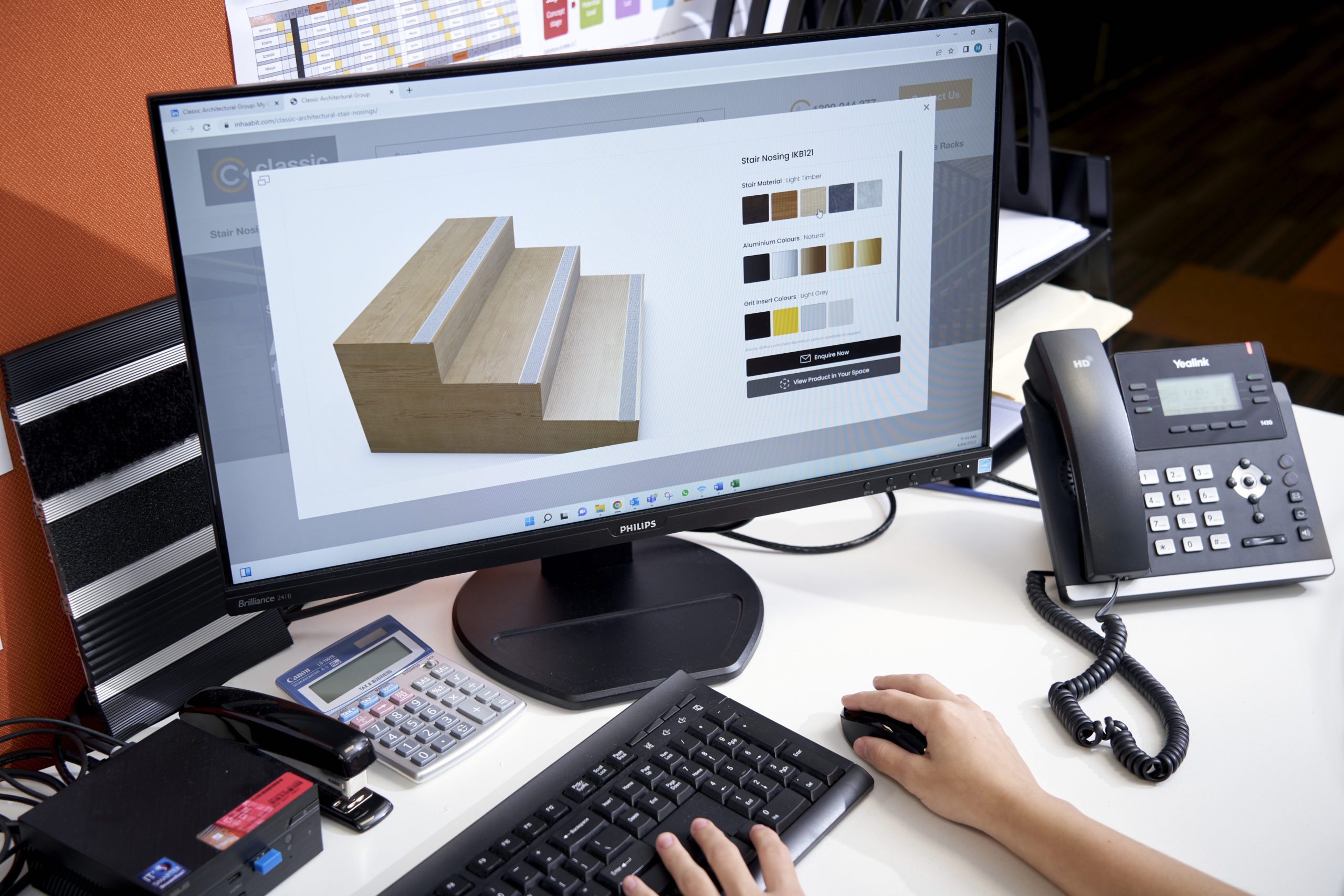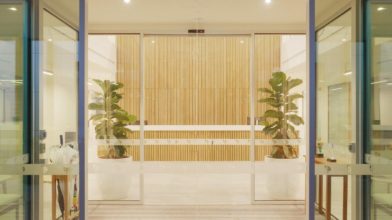Anyone responsible for building and maintaining public infrastructure needs to think about how to pre-empt hazardous situations before they arise. Infrastructure encompasses roads, commercial buildings, entertainment and shopping centres, parking lots, transit systems, and recreational areas, to name just a few examples. Obviously, safety is a year-round concern at these facilities, but seasonal impacts are an essential, if occasionally overlooked, component of infrastructure construction and maintenance planning.
Here are a few facts that may surprise you:
- Canberra Hospital’s emergency department saw its busiest week on record from Dec. 24 to Jan 2, 2016. Admissions that week rose 26 percent over the same period in 2015.
- New South Wales public hospitals saw almost 20,000 more patients in Oct-Dec 2016 over the same period in the prior year.
- In Australia, 40 percent of injuries requiring hospitalisation are due to falls.
Even with the continuing growth of digitisation, any holiday period remains a time of peak pedestrian traffic – the 10 busiest shopping and entertainment days of the year still typically found between Black Friday and Boxing Day, with school holiday programs, major sports events, movie releases, sales clearances etc. Many people find their daily routines disrupted, and they are often more stressed out and distracted than normal as they rush to finish last-minute shopping and holiday preparations. The combination of increased foot traffic with all the holiday distractions is a perfect recipe for slip and fall accidents.
Builders, Architects, Project Managers and Property owners should always ensure that the products used or installed at any project – particularly in public space areas, are fully compliant with the quality and functional standards established by their relevant regional body. For example, in Australia, project teams would look to the Australian Building Codes Board, which lays out its provisions for designing and building structures through the Building Code of Australia. When in doubt, always consult with an expert to be certain the chosen product will meet national Code requirements.
Unfortunately, highly important items designed to prevent tripping and slipping, such as entrance matting, tactiles, stair nosings, and other related products, are often treated as an ‘insignificant detail’ during the construction of buildings and public access areas. Typically, these products are among the last elements of the project to be chosen, procured and installed.
Builders should plan for such floor safety products earlier in the design and build process, especially before floor substrates have been laid. This will ensure the best professional advice is secured, and proper solutions are thought through and included to meet all Compliance requirements of the Code well in advance.
The typical last-minute-mad-rush to get everything done on time and budget can also put pressure on the project decision makers to compromise on quality and Compliant outcomes. Cutting corners to shave a little bit off the budget can end up as a costly decision, particularly when it comes to products intended to prevent accidents. One or more lives can be terribly and irreversibly harmed in the split-second it takes for a simple slip or fall accident to occur.
These safety concerns can be even more significant for people already dealing with mobility limitations. Approximately one in five Australians live with a disability, and the increased foot traffic of the holiday season often adds to the accessibility challenges they already face when using public infrastructure. In addition, other segments of the population, such as pregnant women, the elderly, and children, all face their own distinctive mobility challenges. Planners should consider the make-up of each project’s user base when working with experts to choose the best safety products for the job.
Taking these steps during the construction process can help minimise potential slips and fall accidents:
- Incorporate safety products early in the project planning;
- Plan for the possible seasonal increase in pedestrian traffic in public areas;
- Talk to the product experts to learn about Standards, product application guidelines, and the needs of all user groups;
- Purchase the necessary products early (and remember that cost, while critical, should not be the only criteria when choosing a product);
- Hire experts to install products properly and to compliant standards.
Focusing more closely on end-user behaviour and paying attention to the importance of safety products early in the construction process can make all the difference in how each person spends their daily lives – will it be enjoying a normal life with friends and family …or living with the aftermath of an unfortunate accident?
It needs to be one of the resolutions for this new year – let’s all work together to make public infrastructure safe and accessible for everyone, at all times.





